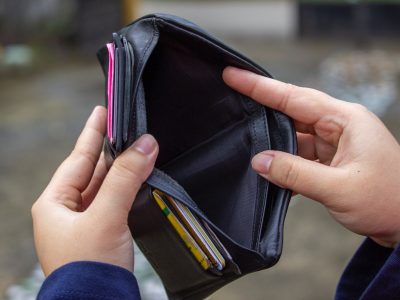The coronavirus is quickly spreading throughout mainland China, having infected more than 31,000 people in the region. There are now at least 12 confirmed cases of the virus here in the U.S. with over a hundred patients still in quarantine for testing. Both the U.S. and World Health Organization have declared the situation a global health emergency; however, experts here at home still believe the threat to the general public is low.
The virus appears to have originated in an open-air market in Wuhan, the capital of Central China’s Hubei province. Individuals returning to the U.S. who have recently visited the area will be subject to a mandatory quarantine of up to 14 days to make sure they are not infected before releasing them to the public.
Despite these precautions, it’s important to stay informed as a healthcare provider, so you don’t expose yourself to infection. The current situation is changing rapidly, so be sure to look for updates as new information becomes available.
What We Know About the Coronavirus So Far
Coronaviruses make up a large family of illness-causing viruses, such as SARS and MERs. These types of viruses are typically zoonotic, which means they pass from animals to humans. However, the first case of person-to-person transmission has just recently been recorded here in the U.S.
Scientists believe the virus spreads from person to person through respiratory droplets. If an infected person sneezes or coughs within six feet of another individual, these droplets can easily get into the uninfected person’s mouth, nose, or eyes. It’s not clear if individuals can get the disease by touching infected surfaces and then touching their eyes, nose, or mouth.
Healthcare professionals are already working on a vaccine with clinical trials set for April. However, it could take up to a year for such a vaccine to reach the public.
How to Protect Yourself from Infection
- Keep Your Distance
According to experts, the best way to avoid infection is to avoid contact with those who may have the virus. Keep at least three feet between yourself and other people.
- Personal Hygiene
Be sure to wash your hands often throughout the day. You should always wash your hands after going to the bathroom, before eating, and after blowing your nose, coughing, or sneezing.
- Respirators and Face Masks
Surgical masks can only do so much to prevent new infections. Covering your face and mouth can help slow the spread of the virus, but they should be used in combination with other preventative measures, such as good hygiene and keeping distance between you and infected patients.
The WHO warns against using surgical masks and respirators unless absolutely necessary, otherwise you may run out of these vital supplies when you need them most. You only need to wear a face mask if you are showing symptoms or are caring for an individual who may have the virus.
- Gloves
The virus may be able to spread through infected surfaces, so it’s best to wear gloves when dealing directly with those that may have the disease. However, surgical gloves should not be used as a replacement for washing your hands.
- Watch Out for Symptoms
Be aware of the symptoms of the virus, including fever, coughing, and shortness of breath. In severe cases, it can also lead to pneumonia, severe acute respiratory syndrome, kidney failure and even death.
If someone has these symptoms and they’ve visited China within the last 14 days or know someone that has, encourage them to seek immediate medical attention at a nearby hospital or clinic. They should call ahead to let them know they may have the virus, so the facility can quarantine the individual accordingly. They should also avoid contact with others, cover their nose and mouth when sneezing or coughing, and wash their hands frequently to prevent the spread of infection.
Your patients are bound to have questions about the virus as well, even if they aren’t at risk. As the situation continues to evolve, visit the CDC website to check for updates, so you always have access to the latest information when treating your patients.

















